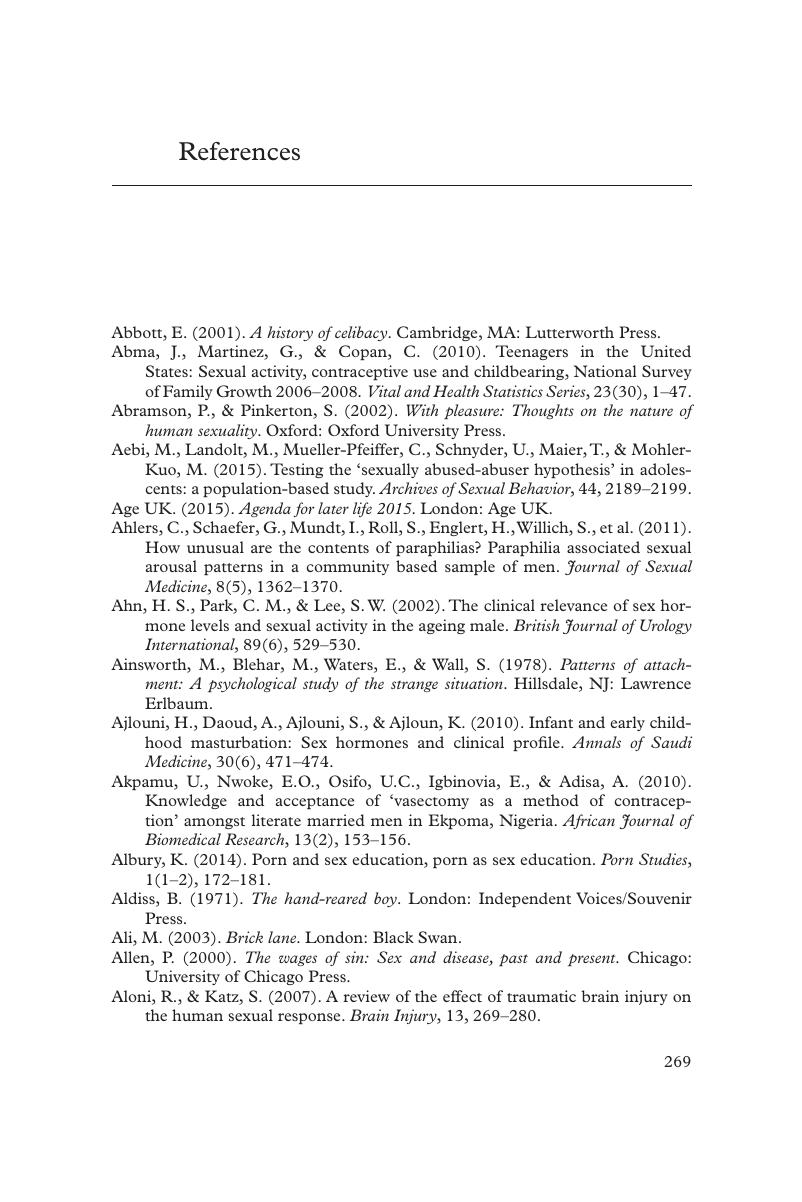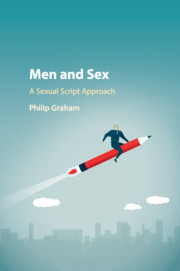Book contents
- Men and Sex
- Men and Sex
- Copyright page
- Dedication
- Contents
- Preface
- 1 Introduction
- 2 The Development of Male Sexual Scripts in Childhood
- 3 Self-Pleasuring and Sexual Scripts
- 4 Male Sexual Scenarios
- 5 Sex with Women: Individual Differences and Interpersonal Interactions
- 6 Male Sexuality: Variations and Problems
- 7 Sex with Men
- 8 Transgender and Sexuality
- 9 Procreative Sex: Making (and Not Making) Babies
- 10 Coercive Sex
- 11 Physical and Mental Impairment: Impact on Male Sexual Scripts
- 12 Male Sexuality and Pornography
- 13 Conclusion: The Future of Male Sexuality
- References
- Index
- References
References
Published online by Cambridge University Press: 22 July 2017
- Men and Sex
- Men and Sex
- Copyright page
- Dedication
- Contents
- Preface
- 1 Introduction
- 2 The Development of Male Sexual Scripts in Childhood
- 3 Self-Pleasuring and Sexual Scripts
- 4 Male Sexual Scenarios
- 5 Sex with Women: Individual Differences and Interpersonal Interactions
- 6 Male Sexuality: Variations and Problems
- 7 Sex with Men
- 8 Transgender and Sexuality
- 9 Procreative Sex: Making (and Not Making) Babies
- 10 Coercive Sex
- 11 Physical and Mental Impairment: Impact on Male Sexual Scripts
- 12 Male Sexuality and Pornography
- 13 Conclusion: The Future of Male Sexuality
- References
- Index
- References
Summary

- Type
- Chapter
- Information
- Men and SexA Sexual Script Approach, pp. 269 - 307Publisher: Cambridge University PressPrint publication year: 2017



